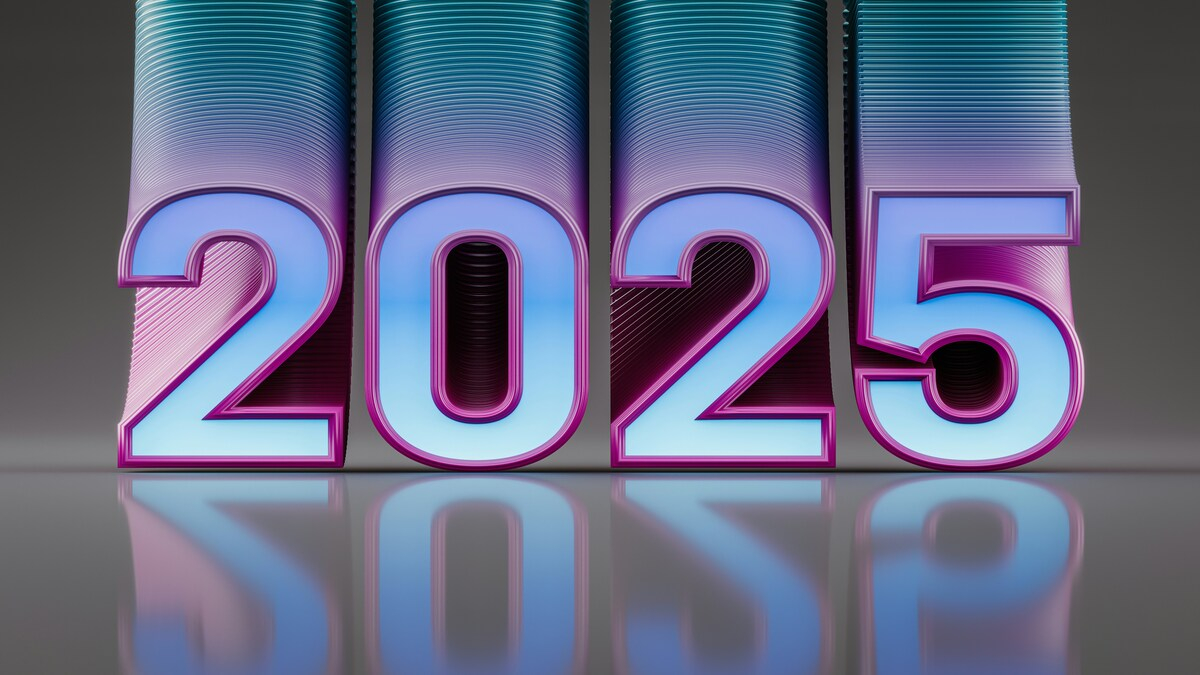The IRS has just released the new standard deduction amounts for 2025. These adjustments, made annually to reflect inflation, can have a significant impact on how you file your taxes. If you’re already planning for next year, understanding these updated numbers is crucial. Let’s go over the changes and how they might affect you.
Standard deduction increases for 2025
For the 2025 tax year, the IRS has announced an increase in the standard deduction across all filing statuses. These increases can help reduce your taxable income, which may lower your overall tax burden. The new amounts for 2025 are:
- Married Filing Jointly and Surviving Spouses: $30,000 (an increase of $800 from the 2024 amount)
- Single and Married Filing Separately: $15,000 (an increase of $400 from the 2024 amount)
- Heads of Household: $22,500 (an increase of $600 from the 2024 amount)
These numbers reflect the IRS’s standard inflation adjustments, which are applied every year to help taxpayers keep pace with rising living costs.
Knowing the exact standard deduction for your filing status is essential as you begin planning for your 2025 taxes. It can help you decide whether it makes more sense to take the standard deduction or itemize your deductions.
Additional standard deductions for seniors and the blind
If you are of the age 65 and above or you are legally blind, you qualify for an additional standard deduction. For the tax year 2025, this additional deduction will be 1,600 U.S. dollars. Except if you are unmarried and there is no surviving spouse, in which case, this amount is increased to two thousand U.S. dollars.
Consider the following scenario. If you are single and above the age of sixty five the lowest standard deduction of 15,000 will apply in addition to the extra 2,000 deduction. This means for the year 2025 the total standard deduction will be 17,000. For a married couple , if both the husband and wife are aged sixty five or older, the total deduction will be 34,000.
This additional deduction may prove to be quite helpful for reducing one’s taxable revenue thereby facilitating the reduction of the tax payable within a given year. If you are eligible for this enhancement, ensure that you do not forget to use it while submitting your taxes for the year 2025.
Special rules for dependents
If someone else can claim you as a dependent, your standard deduction may be different from the amounts listed above. In 2025, the standard deduction for dependents is limited to either $1,350 or the sum of $450 and your earned income, whichever is greater.
However, it’s important to note that the deduction cannot exceed the regular standard deduction for your filing status. So, even if your earned income is higher, the amount you can deduct will still be capped.
Understanding these specific rules is essential if you or someone in your household is being claimed as a dependent on another tax return. It could influence whether you need to file a separate return and how much you’ll owe.
The impact of the tax cuts and jobs act (TCJA)
The Tax Cuts and Jobs Act (TCJA), passed in 2017, dramatically increased the standard deduction, nearly doubling it for most taxpayers. Before the TCJA, the 2018 standard deduction for single filers was $6,500, and $12,000 for those married filing jointly. After the TCJA, the base standard deduction jumped to $13,000 and $24,000, respectively.
Since then, these amounts have been adjusted annually for inflation, leading to the increases we see in 2025. However, keep in mind that the TCJA is set to expire in 2026. This means the standard deduction could revert to its lower pre-2018 levels if no new legislation is passed. The expiration of the TCJA could also affect various other deductions and credits, potentially changing the way you file your taxes.
What happens after 2026?
Following the expiration of the TCJA, some of its important features such as the increased standard deduction, will cease to be available. This may result in lowering the standard deduction amounts benefitting a number of taxpayers. Also, other provisions of the tax laws including the eligibility for expanded child tax credit and treatment of itemized deductions are also likely to revert back to the levels existing prior to the year 2018.
It is highly likely that Congress will engage in debates about extending, modifying or letting the provisions of TCJA lapse. What tax policies will be in place after the year 2026 — will be a key determinant of how much tax you will be required to pay in the subsequent tax years.
Changes to tax brackets
Moreover, apart from revising the standard deduction, the IRS has also made changes to the federal income tax brackets for the year 2025. These new tax brackets have been inflationary adjusted meaning, even if a taxpayer’s income remains unchanged compared to the previous year, a few of them may become residents of lower tax brackets than they used to be in the years prior.
Such above increase adjustments may however ease your general tax responsibility in the year 2025. It is thus necessary that these changes in the tax brackets and the standard deduction are assessed in order to formulate your taxation plans for the year.
On the other hand, if you specifically need to know the 2025 tax brackets, you should probably check Kiplinger’s report on the matter which is known to be the latest.

